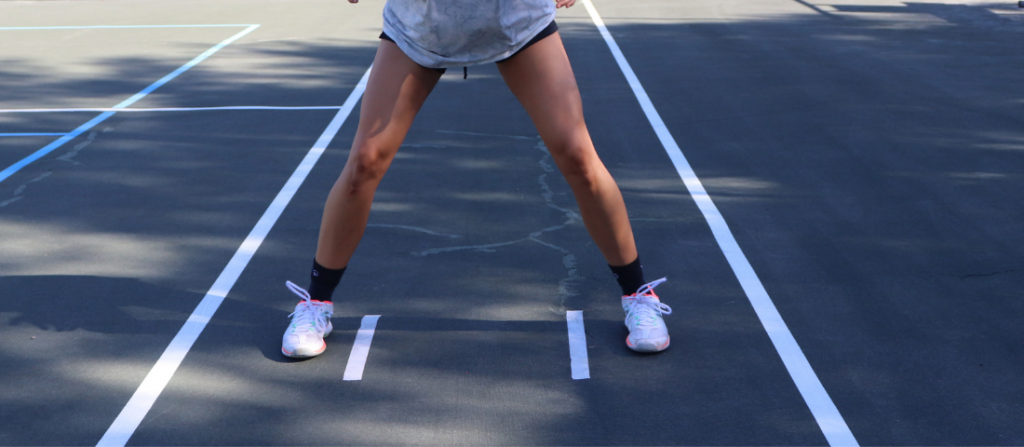I often see coaches having their athletes perform “Quickness” drills for way too long. And, they wonder why their athletes don’t “develop explosive laser-like speed.”
Simple drills, such as line drills, dot drills, ladder drills, box drills, etc., are excellent ways to train the neuromuscular system to adapt to faster speeds. The proprioceptive system learns to handle faster stimuli.
The great thing about these quickness drills is they are fantastic for lead-up or primer skills for the much larger skills such as cutting, change of direction, lateral acceleration and deceleration, split steps, and so on. If we organize our athletes’ thought process as to how these quick drills are helping a much grander skill, then it matters more to them because there is a meaning to the drill.
I constantly see coaches telling their athletes to do these types of “quickness” drills for 15-30 seconds or longer. They don’t understand energy system demand and the ability to stay at optimal neuromuscular levels. Going too long with a drill only trains sloppy performance with drills that need precision. If coaches want to condition, then do something different like shuttles, intervals, bike work, etc.
Coaches have been wrongly programmed for so long that if we are not “tough” on our athletes and we don’t stress them to the point of vomiting, then we are not a good coach. SORRY! This coaching mindset is all wrong. The definition of a good coach is knowing your craft and understanding how to get a result.
I recently worked with two younger high school baseball players prepping for the 60-yard dash at their baseball combines. I had approximately 12 weeks to help them get their times down.
Here are the results:
- Athlete #1 went from a 7.9 to a 7.25
- Athlete #2 went from a 7.75 to a 7.15
When writing up their programs, I focused on what was needed. Plain and simple – they need SPEED! They didn’t need conditioning.
We worked on a couple of mechanical issues, but most importantly, we work on a short burst up to a max of 8-seconds. Our goal was to see how far they could run in 7-seconds. If they got close to a 60-yard distance in 7-seconds, then I knew they were becoming faster.
Train for speed if you want speed.
There is a time and a place for conditioning, but not when you want to make athletes explosively quick. Explain what drill, why the drill, time frames, and your athletes will go all out for you. However, if you tell them to simply “go” until you say “stop,” then you are having them work for long periods of time, and you just wasted a chance to make a change!
For more strategies on becoming a great speed coach, check out my 24-module course, SpeedInsiders.com.

